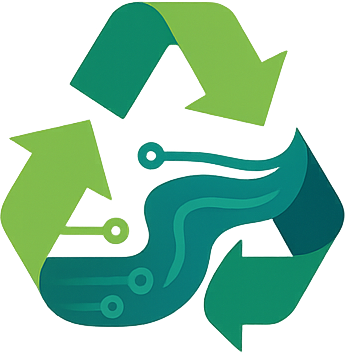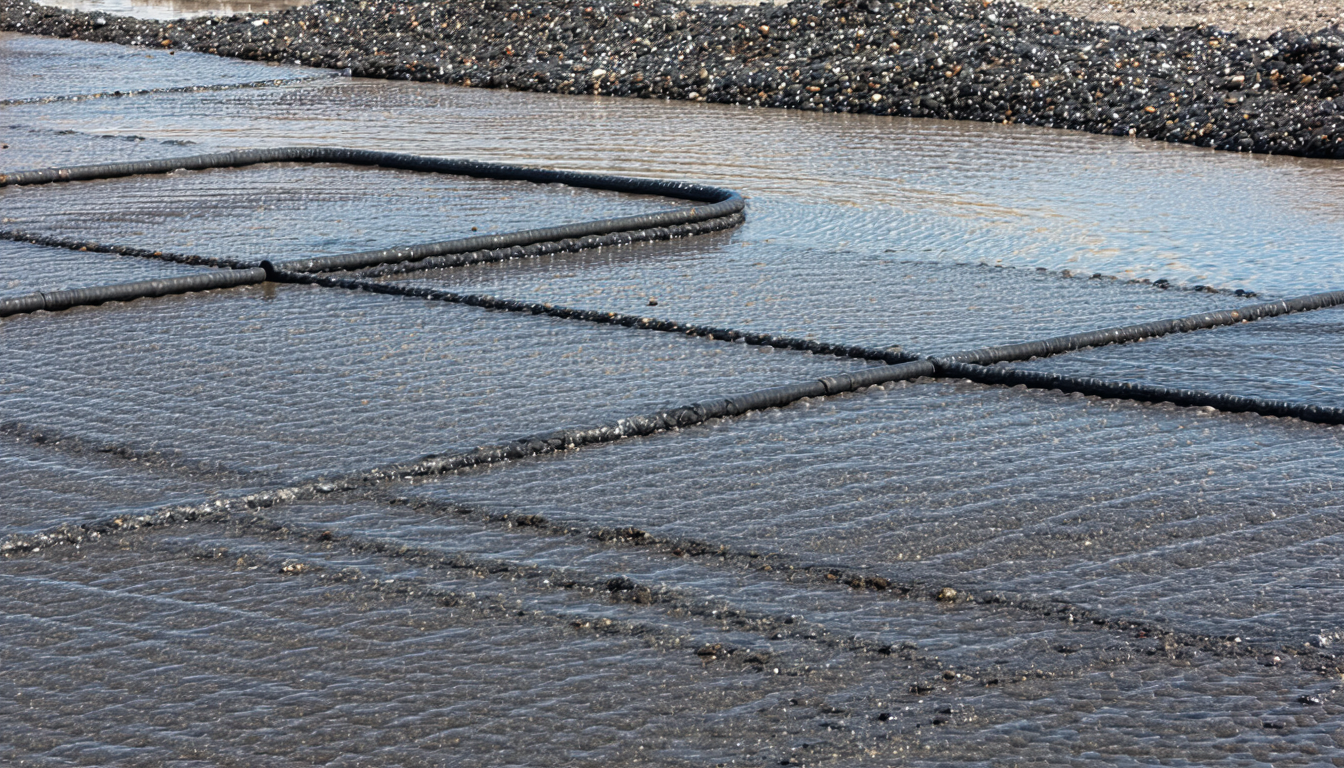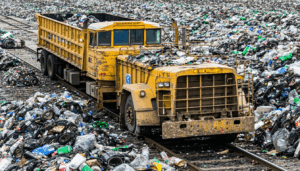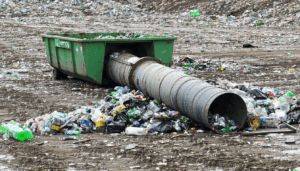Introduction
Liquid waste disposal has emerged as a pressing environmental and public health concern across the United States. With industrial growth, urbanization, and aging infrastructure, the nation faces mounting challenges in managing wastewater, chemical runoff, and hazardous liquid byproducts. Recent data reveals alarming gaps in disposal systems, prompting calls for innovation and stricter regulations. This article explores the latest developments in liquid waste management, the impact on communities and industries, and what lies ahead for sustainable solutions. Stay informed about this critical issue shaping environmental policy and safety standards nationwide.
The Growing Problem of Liquid Waste in America
The United States generates billions of gallons of liquid waste annually, stemming from industrial processes, agricultural runoff, and municipal sewage systems. According to the Environmental Protection Agency (EPA), over 850 billion gallons of untreated wastewater are discharged into U.S. waterways each year due to outdated infrastructure. This poses severe risks to ecosystems, contaminating drinking water sources and harming aquatic life.
In 2023 alone, several high-profile incidents highlighted the urgency of the issue. For instance, a chemical spill in Ohio released toxic liquids into local rivers, affecting thousands of residents. Such events underscore the need for robust systems to handle liquid waste safely.
Liquid Waste Disposal: Regulatory Updates and Challenges
Recent federal and state-level policies aim to address the crisis in liquid waste disposal. In early 2023, the EPA introduced stricter guidelines for industrial waste discharge, mandating advanced treatment technologies. However, compliance remains a hurdle for small businesses and underfunded municipalities.
According to Dr. Emily Harper, an environmental scientist at the University of California, “Many facilities lack the resources to upgrade their systems, leading to frequent violations.” Budget constraints and limited enforcement have slowed progress, leaving vulnerable communities at risk. The EPA estimates that $271 billion is needed over the next 20 years to modernize water infrastructure nationwide.
Impact on Communities and Industries
The consequences of inadequate liquid waste disposal ripple through society. Rural areas often bear the brunt, as they lack access to advanced treatment plants. Contaminated groundwater has led to health issues like gastrointestinal illnesses in states like Michigan and West Virginia.
Industries, too, face mounting pressure. Manufacturing sectors, which produce significant hazardous waste, risk hefty fines for non-compliance with new regulations. Meanwhile, agricultural runoff containing fertilizers continues to create “dead zones” in water bodies like the Gulf of Mexico, disrupting fishing industries.
Key impacts include:
– Health risks from contaminated drinking water.
– Economic losses for industries facing fines or shutdowns.
– Environmental damage to rivers, lakes, and marine ecosystems.
Innovations Driving Sustainable Solutions
Amid these challenges, innovation offers hope for better liquid waste management. Companies are developing cutting-edge filtration systems to treat industrial effluents before discharge. Additionally, some municipalities are adopting decentralized wastewater treatment models to reduce strain on aging infrastructure.
“Technology can be a game-changer if paired with policy support,” says Mark Thompson, CEO of EcoWaste Solutions. He points to pilot projects in California where AI-driven monitoring systems detect leaks in real-time, preventing spills. While promising, these solutions require significant investment and public-private collaboration to scale.
Future Outlook: Balancing Progress and Obstacles
The future of liquid waste disposal in the U.S. hinges on addressing systemic issues like funding shortages and regulatory enforcement. Experts predict that without immediate action, pollution levels could worsen by 2030, exacerbating climate change impacts. On the flip side, growing public awareness is pushing lawmakers to prioritize environmental reforms.
Both sides of the debate—industry advocates seeking leniency and environmentalists demanding stricter rules—agree on one thing: inaction is not an option. A balanced approach that supports innovation while enforcing accountability could pave the way forward. The stakes are high, as clean water remains a cornerstone of public health and economic stability.
Conclusion
Liquid waste disposal stands at a critical juncture in the United States. With billions of gallons of waste threatening ecosystems and communities, recent spills, regulatory updates, and technological advancements highlight the urgency of reform. While challenges like funding gaps persist, collaborative efforts between policymakers, industries, and innovators offer a path to sustainability. Addressing this crisis now will safeguard water resources for future generations. Stay tuned as this evolving story shapes environmental priorities across the nation.
Frequently Asked Questions (FAQ)
1. What is liquid waste disposal?
Liquid waste disposal refers to the management and treatment of wastewater, industrial effluents, and other hazardous liquids to prevent environmental contamination. It involves processes like filtration, chemical treatment, and safe discharge or recycling.
2. Why is liquid waste a problem in the US?
Aging infrastructure, regulatory gaps, and high volumes of industrial and municipal waste contribute to improper disposal. This leads to pollution of waterways, health risks, and economic losses.
3. What are the health risks associated with poor liquid waste management?
Contaminated water can cause diseases like cholera, dysentery, and other gastrointestinal issues. Long-term exposure to toxic chemicals may also lead to chronic conditions.
4. How can individuals help reduce liquid waste issues?
Individuals can minimize household chemical use, properly dispose of hazardous materials, support local cleanup initiatives, and advocate for stronger environmental policies. Small actions collectively make a big impact.





